Crew 219 GreenHab Report 10-JAN-20
Crew GreenHab Officer: Cynthia Montanez
Environmental control: Heating.
Shade cloth (40% and 30%) on.
Average temperature: 24 °C; 18 %
Average Max: 29.3 °C, 21%
Average Min: 17 °C, 15.5%
9:40 A.M.
Floor Unit: 4 °C
Electronic: 18.8 °C
humidity 20%
Max: 27.4 °C; 24%
Min: 11.7 °C; 16%
12:58 P.M.
Floor Unit: 20 °C
Electronic: 28.4 °C
humidity 16%
Max: 28.7 °C; 20%
Min: 18.8 °C; 16%
2:56 P.M.
Floor Unit: 14 °C
Electronic: 24.7 °C
humidity 18%
Max: 30.3 °C; 20%
Min: 18.8 °C; 15%
4:52 P.M.
Floor Unit: 14 °C
Electronic: 24.2 °C
humidity 18%
Max: 30.7 °C; 20%
Min: 18.8 °C; 15%
Hours of supplemental light: Light system 7:00PM-12:00AM.
Daily water usage for crops: 4.46 Gal.
Daily water usage for research and/or other purposes: N/A
Water in Blue Tank – ~188.65 Gal.
Time(s) of watering for crops:
9:40 A.M.
SEASONAL PLANTING HISTORY:
Change to crops: The icicle radish has a lot of bite marks on the leaves and small mites flying around it when the leaves are touched. I am assuming that there is an infestation of some bug, e.g. caterpillar, eating the plant. I sprayed the plant with organic pesticide to attempt to kill the bugs.
OTHER NOTES:
1st sprouts: N/A
Harvest: N/A
Other: Since the thermostat is set to 21 , the GreenHab has gotten substantially hotter. I needed to leave the door open many times so that the temperature would not exceed 30 . This increase in temperature is still negatively affecting the plants by the GreenHab door by making the leaves crispy and the soil dry out faster.
Suggestions: After a brief discussion with Outpost, I was wondering if it was possible to move the thermostat to a cooler 19 . The temperature would not be too cold for the plants, and it would not create too much heat resulting in the door needing to be opened constantly.


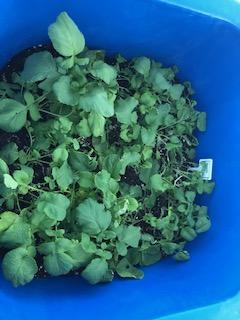
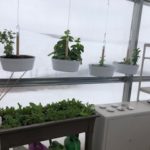
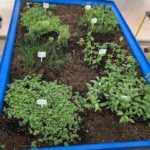
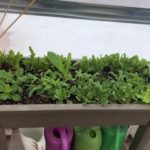

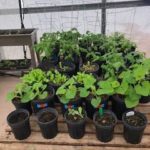

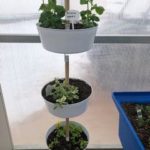
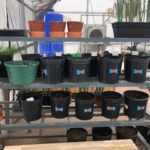
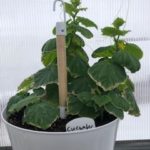
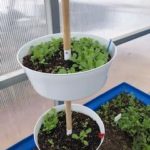
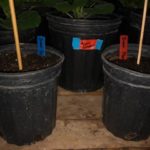
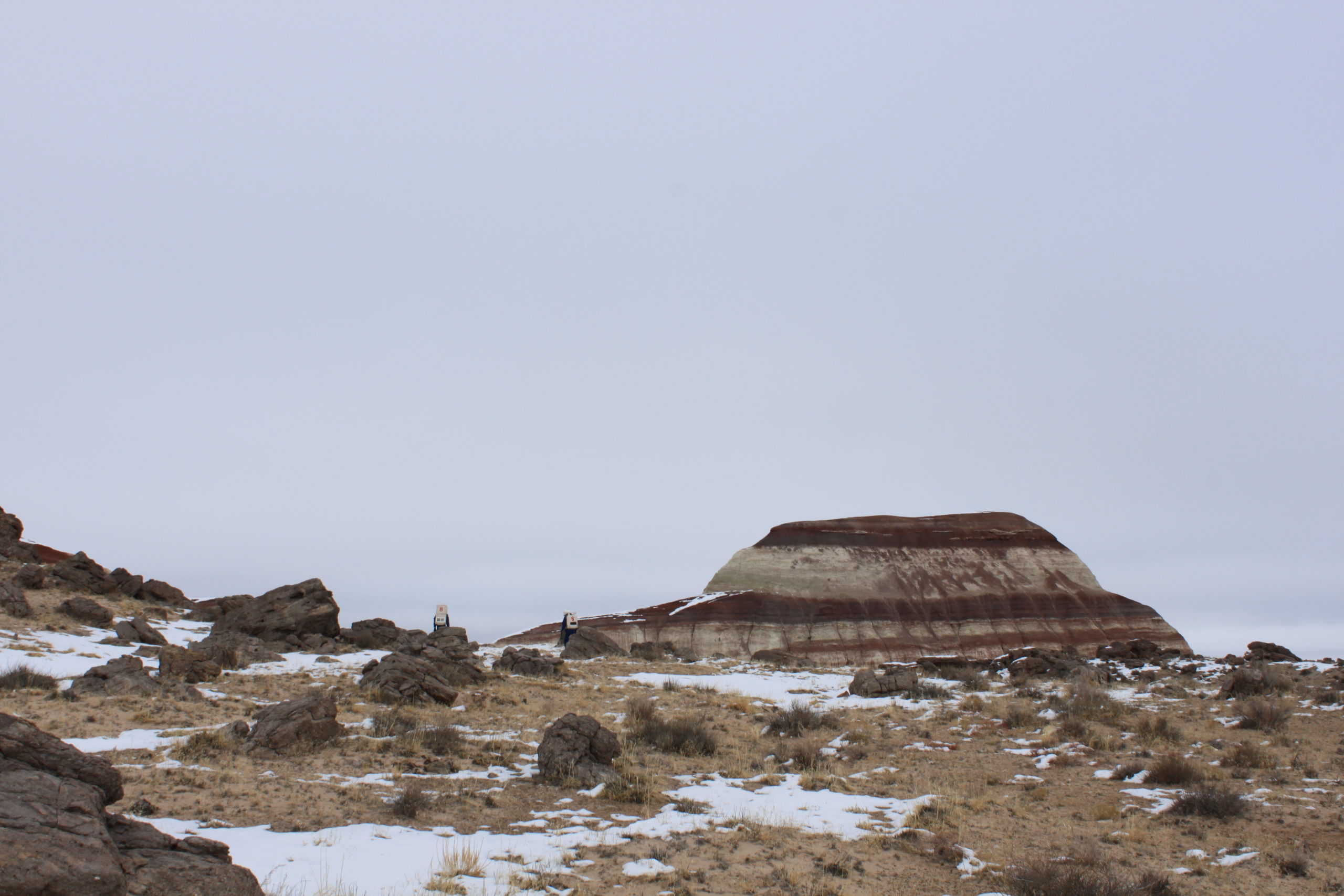
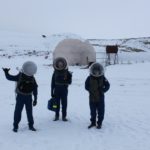
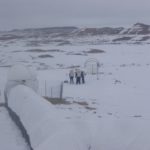

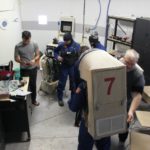
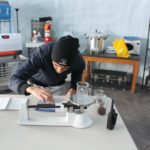

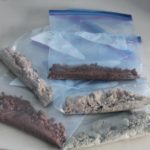
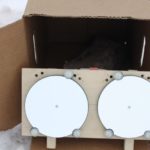
You must be logged in to post a comment.